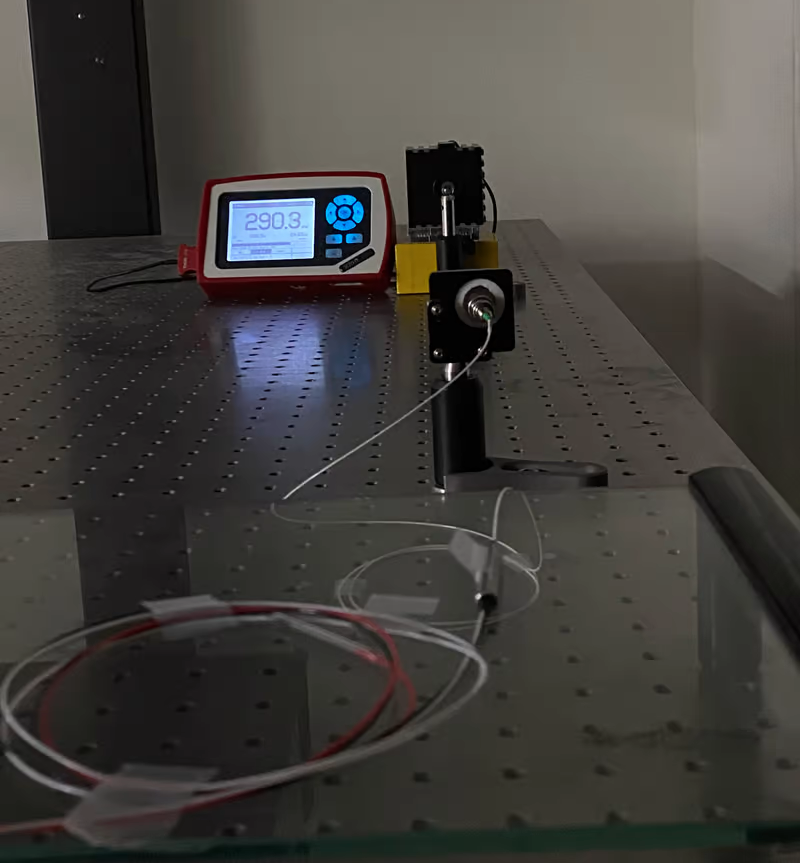Wireless Power Transmission Breakthrough Using Infrared Technology
Written on
Chapter 1: The Future of Wireless Charging
The evolution towards a wireless future is undeniably underway. Korean engineers have made significant strides in wireless charging technology by employing infrared lasers to transmit power over distances of up to 100 feet (30 meters). While charging devices such as smartphones typically requires them to be placed on a designated surface connected to a power source, this new system removes that limitation, allowing devices to charge while on the move.
Previously, in 2020, a New Zealand startup named EMROD pioneered the first long-range, high-power wireless power transmission system using electromagnetic waves. Although their approach was ambitious, the recent advancements by Korean researchers present a more practical solution, highlighting a rapid transition towards a truly wireless reality.
This innovative wireless charging technology aims to address the obstacles faced by earlier attempts at creating safe and convenient charging solutions for mobile users. Picture walking through a shopping mall or airport, effortlessly charging your devices without needing to place them on any surface. This research also emphasizes the potential to power sensors for various Internet of Things (IoT) applications and monitor processes in manufacturing environments.

Section 1.1: Innovative Charging Solutions
“While most other approaches require the receiving device to be in a special charging cradle or to be stationary, distributed laser charging enables self-alignment without tracking processes as long as the transmitter and receiver are in the line of sight of each other.”
~ Jinyong Ha, Research Team Lead
According to the findings, this system utilizes infrared light to safely deliver substantial power levels. The research team successfully transmitted a 400-mW beam over a distance of 100 feet, where a receiver measuring 10 x 10 mm (0.4 in) converted it to 85 mW of electrical power. Although this output currently suffices for charging sensors, advancements are anticipated to enhance it further, enabling mobile device charging capabilities.

Section 1.2: Key Components and Mechanisms
Even in its current iteration, the system effectively transmits sufficient power over short distances, addressing one of the primary challenges of long-range wireless energy transfer. Researchers optimized a technique known as distributed laser charging, which minimizes light loss while providing safe, high-power illumination. This method is reminiscent of traditional lasers, but instead of integrating all optical components into one unit, they are divided between a transmitter and receiver.
The team employed an erbium-doped fiber amplifier optical power source with a central wavelength of 1550 nm, a spectrum safe for human interaction at the power levels used. A wavelength division multiplexing filter was also utilized to produce a narrowband beam that meets safety standards for free-space transmission.
Following successful trials, the researchers aim to enhance the efficiency of the photovoltaic cells to improve light-to-electric power conversion and to enable simultaneous charging of multiple receivers. The complete research findings were published in the Journal of Optical Express.
Chapter 2: Perspectives on Wireless Charging Technology
In this video titled "EEVblog #1092 - Wi-Charge IR Wireless Charging - Fact or Fiction?", the host explores the implications of the new wireless charging technology and its practical applications.
The second video, "Major advance in wireless charging," discusses the broader impact of recent advancements in wireless energy transfer and potential future developments.